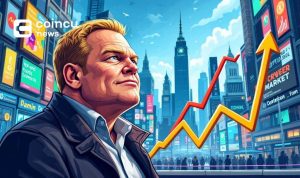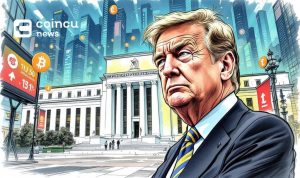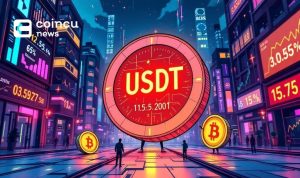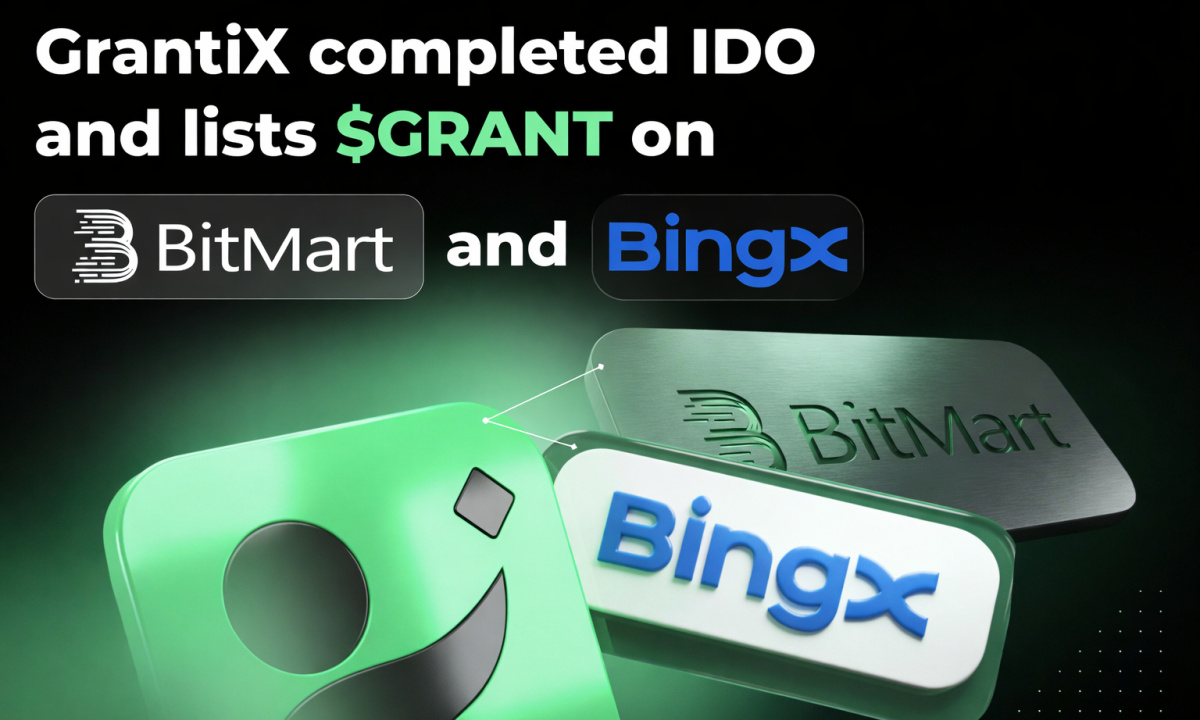- Trump reiterates investment-focused policies amid economic strategies and market anticipation.
- Potential boost for Bitcoin as a hedge against economic uncertainties.
- U.S. policies may align with pro-crypto financial innovation and market growth.
Donald Trump recently used social media to emphasize his commitment to policies fostering investment in the U.S., urging investors to take advantage of the economic climate.
This announcement fuels discussions about economic growth strategies and potential benefits for the cryptocurrency market, notably Bitcoin.
Trump’s Policy Boosts Crypto Interest
Donald Trump has highlighted his commitment to maintaining policies that encourage investment in America. His message emphasized stability, promising that his policies will never change. Trump urged investors to capitalize on the current economic environment to enhance their wealth.
The implication of Trump’s statement is a projected increase in investment, especially in Bitcoin and cryptocurrencies, states analysts who suggest a correlation between Trump’s policies and crypto market growth due to these assets’ role as potential hedges against inflation.
Some of the market reactions include anticipation from institutional investors exploring opportunities in crypto-friendly policies. While there are no direct reactions from leading crypto figures, the sentiment closely links fiscal policy to Bitcoin’s perceived value.
Bitcoin’s Market Cap Crosses $1.66 Trillion Mark
Did you know? Trump’s previous crypto-friendly stance included support for integrating cryptocurrency into retirement plans, influencing similar market expectations today.
Bitcoin (BTC) is currently priced at $83,654.44 with a market cap of $1.66 trillion and a market dominance of 61.88%, per CoinMarketCap. Trading volume over 24 hours is $34,538,151,222, representing a 12.30% decrease. Recent price changes indicate a 1.25% increase over 24 hours, but significant negative trends remain over 60 and 90 days.
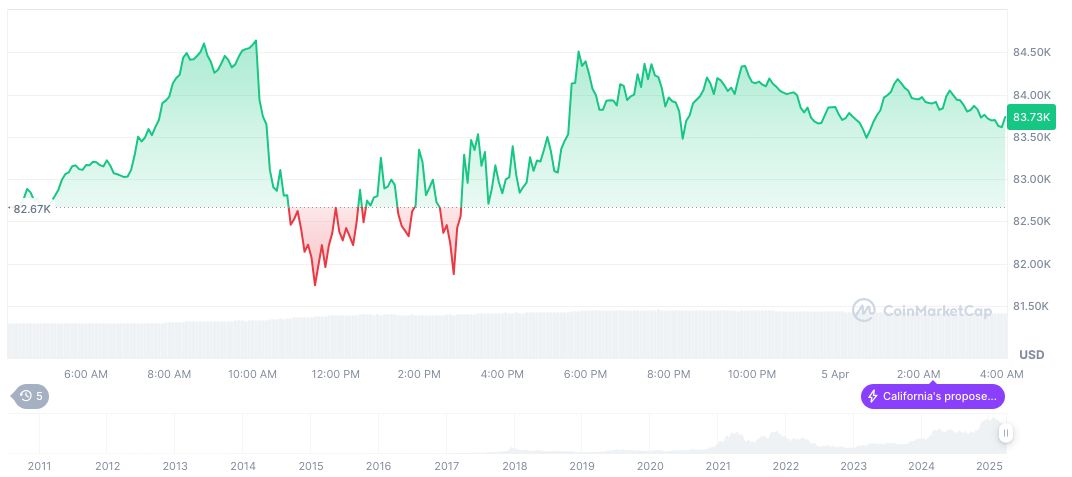
Insights from the Coincu research team highlight potential tax implications and integration issues as the U.S. aligns economic policies with Trump’s vision. They emphasize the importance of balancing technological development and market regulation to sustain investor confidence.








